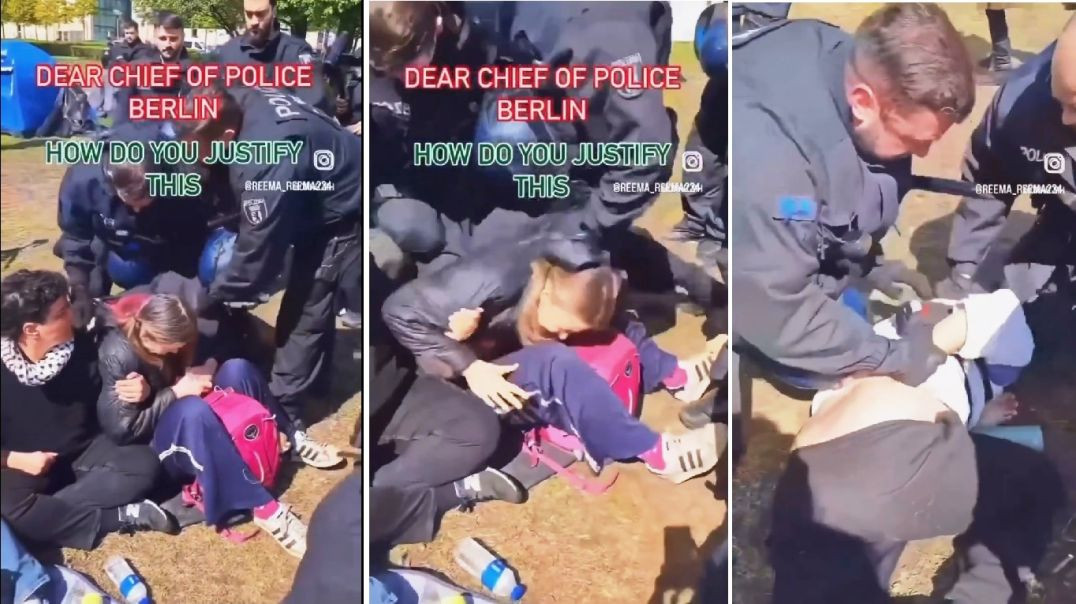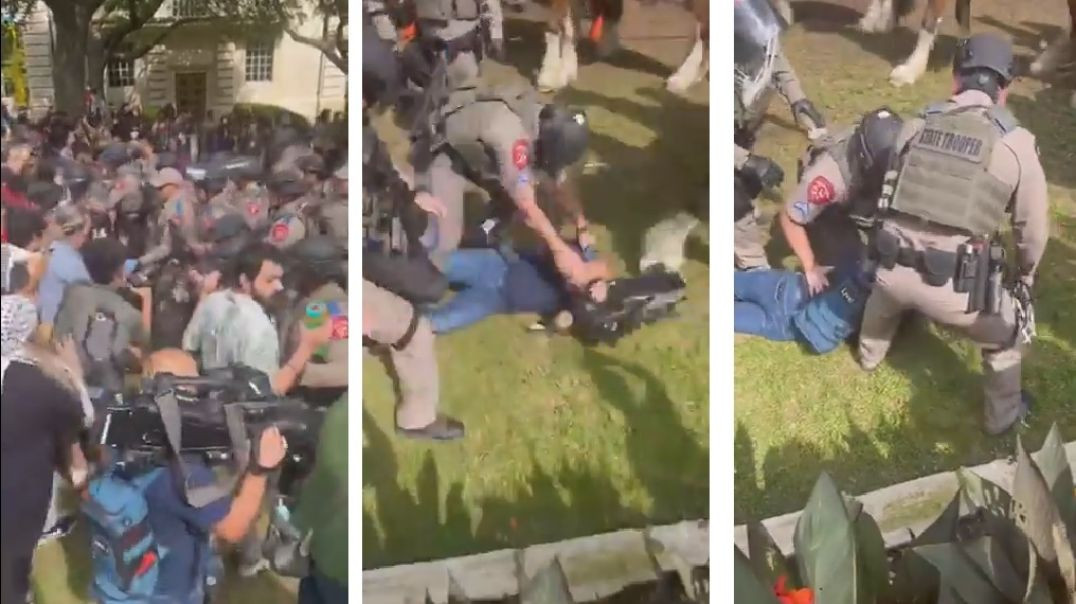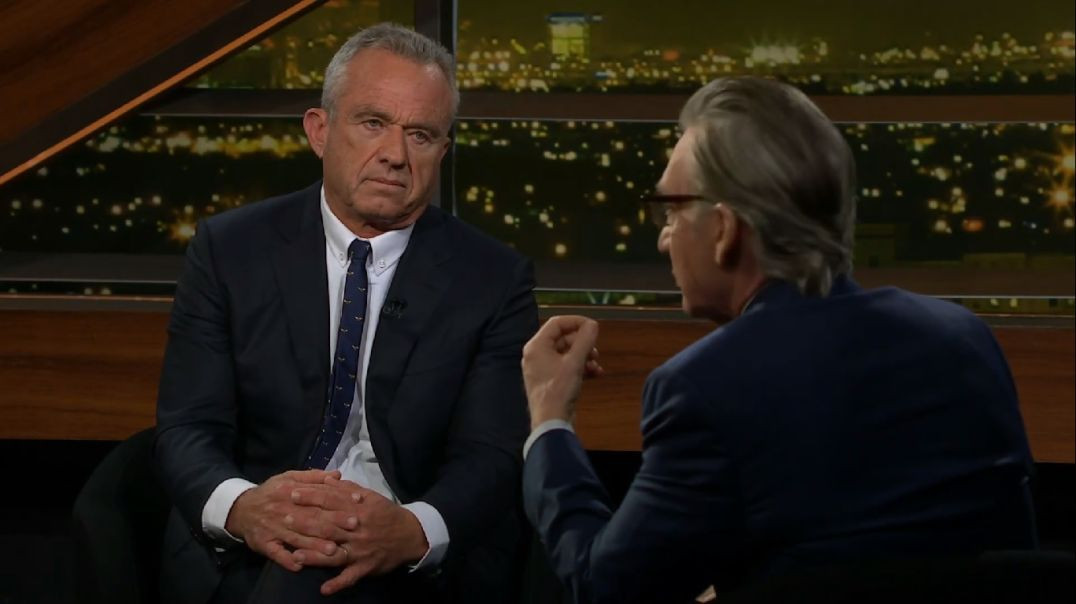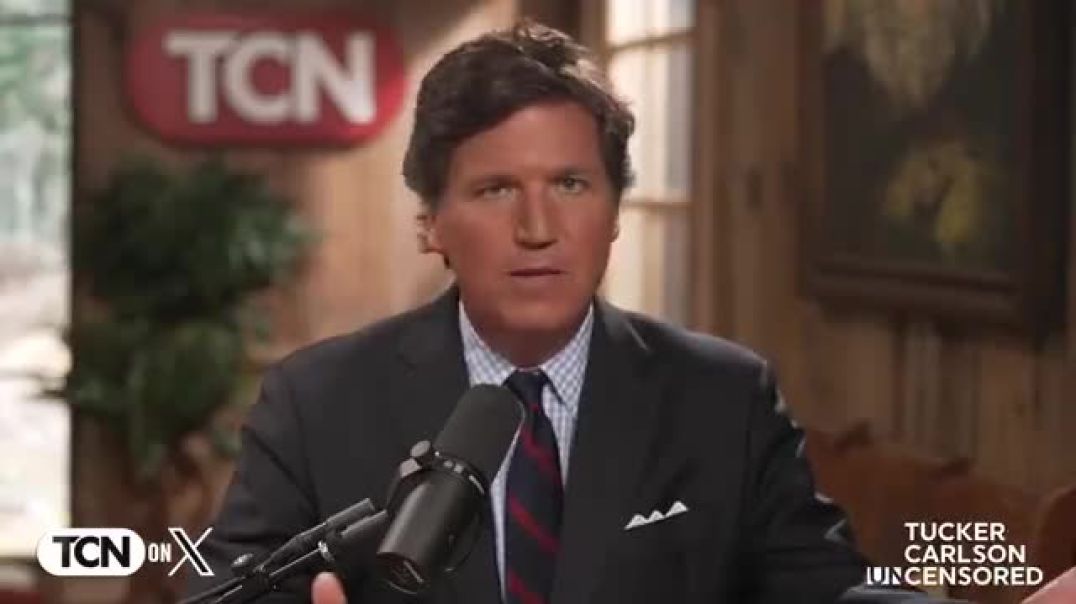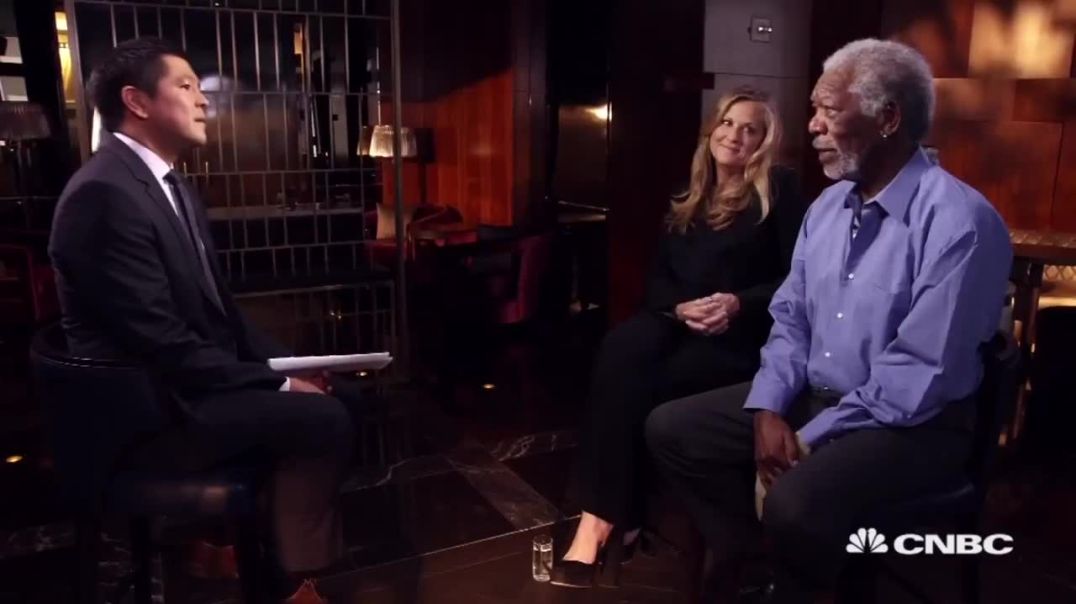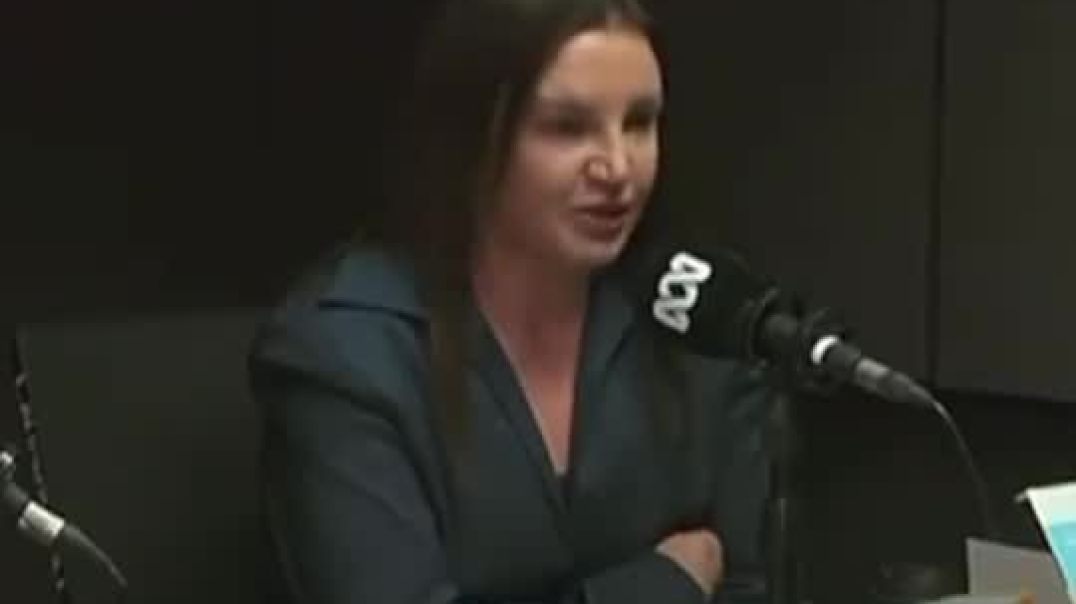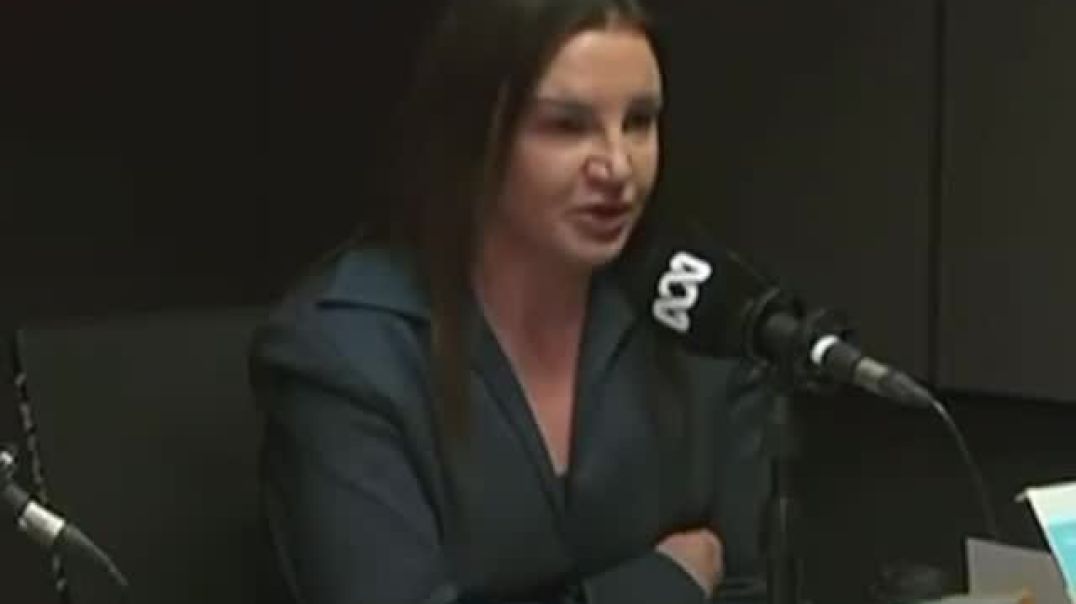Latest videos
Pro-Israeli Media Agency Sky News Australia and Avi Yemini are Actually Earning the Hate when they R
Pro-Israeli media agency Sky News Australia and Avi Yemini are actually earning the hate when they run outrageous headlines screaming "anti-semitism".
🇦🇺🇮🇱Their hysterical search for anti-semitism and constant "playing the victim" only incites hate against themselves. Careful what you wish for & don't be the boy who cried wolf.
The Zionist Death Grip on The United States Government
Astra Zeneca have admitted in court their Covid Vaccine can cause Blood Clotting
This means every single Health & Government Official who quoted “safe & effective” knowingly or unknowingly Lied.
Astra Zeneca was quietly pulled from the market after several high profile cases of vaccine induced death, strokes & Blood Clotting.
7 years ago, the UAE’s Foreign Minister issued a warning to the West.
His words now sound prophetic.
A hospital medical coder who goes only by "Zoe" for this interview describes for Children's Health Defense the horrors she witnessed following the rollout of the COVID injections
I didn't know it was possible for a human to die so horrifically, so quickly, before they rolled out the mRNA injections...It was insane, I've never seen anything like that. The worst of them, they called it sepsis, but it was like instant multi-organ failure. Like, within hours patients would die of liver, lung, kidney... failure [all at once]..." Zoe tells CHD.
Questo video è disponibile con i sottotitoli automatici in oltre 50 lingue internazionali. Inoltre lo stesso video è pubblicato nei seguenti canali. TruthTube: https://truthtube.video/@UCsZGjqQvtuLpSxQ7d6GY9Jg Telegram: Eliseo Paterniti Canal https://web.telegram.org/a/#-1721956148 Inoltre potrai trovarmi nei seguenti social. Truth Social: https://truthsocial.com/@UCsZGjqQvtuLpSxQ7d6GY9Jg Truthbook: https://truthbook.social/EliseoPaterniti Facebook: https://www.facebook.com/profi....le.php?id=1000821606 Instagram: https://www.instagram.com/eliseopaterniti/ Contatto E-Mail: eliseo.paterniti@alice.it
#paroladicristo #paroladidio #paroladivita #jesus #jesuschrist #gesù #dios #diosesbueno #god #viral #viralvideo #бог #dumnezeu #isten #Bože
Blinken was Very Unhappy in China. Footage is Circulating on Social Networks in Which Xi Jinping, be
Blinken was very unhappy in China
Footage is circulating on social networks in which Xi Jinping, before a meeting with the US Secretary of State, asks an assistant:
“When will he leave?”
The conversation did not help improve the relationship. After her , no one from the Chinese authorities went to accompany Blinken to the airport. Only US Ambassador to China Nicholas Burns said goodbye to him.
Blinken appeared offended and told reporters after the trip that the US was ready to increase pressure on China.
German Police bashing women supporting Palestine in Berlin.
Could you imagine the outrage from the German Government if this was a video of the Russian Police in Moscow bashing women protesting?
Detentions of Journalists Who Dared to Film Protests of Students and Teachers in One of the US Unive
Detentions of journalists who dared to film protests of students and teachers in one of the US universities.
The United States sets an example for democratic treatment of members of the press. Now you know how to democratically deal with journalists who film something you don’t like.
Watch Robert Kennedy Jr. Drop COVID Vaccine Truth Bombs on Bill Maher
• 25% of Americans believe they know someone who died because of the C19 shots
• 52% of Americans believe that the vaccines are causing injuries, including death.
• In Pfizer’s own trials, “people who got the vaccine had a 23% higher death rate from all causes at the end of that study.”
BILL MAHER: “But that [23% higher death rate] could not be the disease itself?”
KENNEDY: “If it is, then the vaccine doesn’t work, doesn’t it?”
Tucker Carlson - There is Systemic Racism in the United States, Against Whites. Everyone Knows It. N
Ep. 98 There is systemic racism in the United States, against whites. Everyone knows it. Nobody says it. How come?
Senator Pauline Hanson Takes Aim at Prime Minister Albanese and his WEF Lap Dog Commissioner for Cen
Senator Pauline Hanson takes aim at Prime Minister Albanese and his WEF lap dog Commissioner for Censorship "ekaren".
How the Israeli Miscalculation and the Iranian Decisive Response Led to Changes to the Rules of Enga
Operation True Promise
How the Israeli miscalculation and the Iranian decisive response led to changes to the rules of engagement and the shift in the equation of power in West Asia.
Netanyahu the United States President, I Mean the United States of Israel President, Appears to Thin
Netanyahu the United States President, I mean the United States of Israel President, appears to think he can dictate to Americans and supersede their First Amendment.
Listen to his genocidal nonsense re the rise of anti semitism as if it’s for nothing to do with his racism and ethic cleansing
Such bs Netanyahu
It’s the rise if anti Israel genociding Palestinians not anti semitism.
If Jews don’t want to suffer they should disown you, the Rothschilds and Israel.
If you want it to stop then take a long hard look in the mirror you imbecile, and stop genociding unarmed civilians while pretending to go after Hamas.
The same Hamas that Israel started, fund and you yourself have called for Israel to support so Israel can continue to achieve it’s political objectives
( which are to ensure no two state solution, no peace and an excuse to continue to steal Palestinian land and genocide them and starve the rest until they move to a tent city and you take the entire Gaza Strip- ie continue the pattern of the last 75 years )
The same Hamas you let cross your borders on Oct 7.
Not to mention Israel’s illegal armed coup of Ukriane in 2014 via the US State Department, to start a war against Russia, and genocide Eastern Ukrainians to make it Israel 2, and attacked Iranian embassy to provoke WW3 and provoking China over Taiwan.
We know you work for your Rothschilds masters, and the world has had a gut full of your anti humanitism which you try and spin any critic of Israel is somehow anti semitic.
The sooner the American people rise up and boot Israel out of America, and the West rise up including Australia, and do the same, the sooner the world can rid itself of the satanic evil filth you represent.
The world has figured out your bs and Iies,and the world rejects you and the evil of Israel.
And it’s not anti semitism, as many good Jewish people can’t stand you and what Israel stand for either.
The issue isn’t with good Jewish people but with you and your criminal elite masters to gutless to speak for themselves as they hide like cockroaches in the shadows of society.
It’s anti bs and anti genocide the world stands against.
So f.. off
The world doesn’t need you or your satanic geriatric masters
Your days are numbered.
Epic Iceland volcano footage shows immense destruction
The Fagradalsfjall volcano began erupting in March and has been threatening residents around the capital Reykjavik for a month.
Molten lava can be seen swallowing roads and wreaking destruction on its path toward the town of Grindavik just 7km away, with 11,000 people evacuated from the eruption zone.
Morgan Freeman: "I'm a Fuge Fan of Elon Musk. I Think He's Got the Most Incredibly Forward-thinking Ideas About Where We Can Go Technologically. What he's Done, Nobody Else has Ever Done"
Is Jacqui Lambie Embarrassing Australia by Being a Moron, or Can’t we be Embarrassed Much More, by S
Is Jacqui Lambie embarrassing Australia by being a moron, or can’t we be embarrassed much more, by such political morons ?
http://Anrnews.com
28 seconds
Jacquie Lambie from the boosted bogans party of Australia suggests Elon Musk has no conscience whatsoever and should be jailed???
Okeeeeeeee
I wonder how her conscience is since died suddenly is trending with the jabs she pushed?
Seems someone is projecting.
Some would argue these are typical narcissistic sociopathic tendencies on display.
Wow.
Just wow.
Dave Oneegs
The Germany army is "going all in" proudly leading the way to the deployment of 90,000 NATO troops on Russia's border.
German General Breuer closed the announcement with a request for "likes on social media" for his German troops.
They are back.
How to retire off one Bali property, at 10% of ludicrous Australian prices, & earn 10X the rentals. Plus how to buy with only 30% deposit & have the other 70% provided interest free. $30 k minimum to qualify
Jacquie Lambie from the Boosted Bogans Party of Australia Suggests Elon Musk has no Conscience Whats
Jacquie Lambie from the boosted bogans party of Australia suggests Elon Musk has no conscience whatsoever and should be jailed???
Okeeeeeeee
I wonder how her conscience is since died suddenly is trending with the jabs she pushed?
Seems someone is projecting.
Some would argue these are typical narcissistic sociopathic tendencies on display.
Wow.
Just wow.







